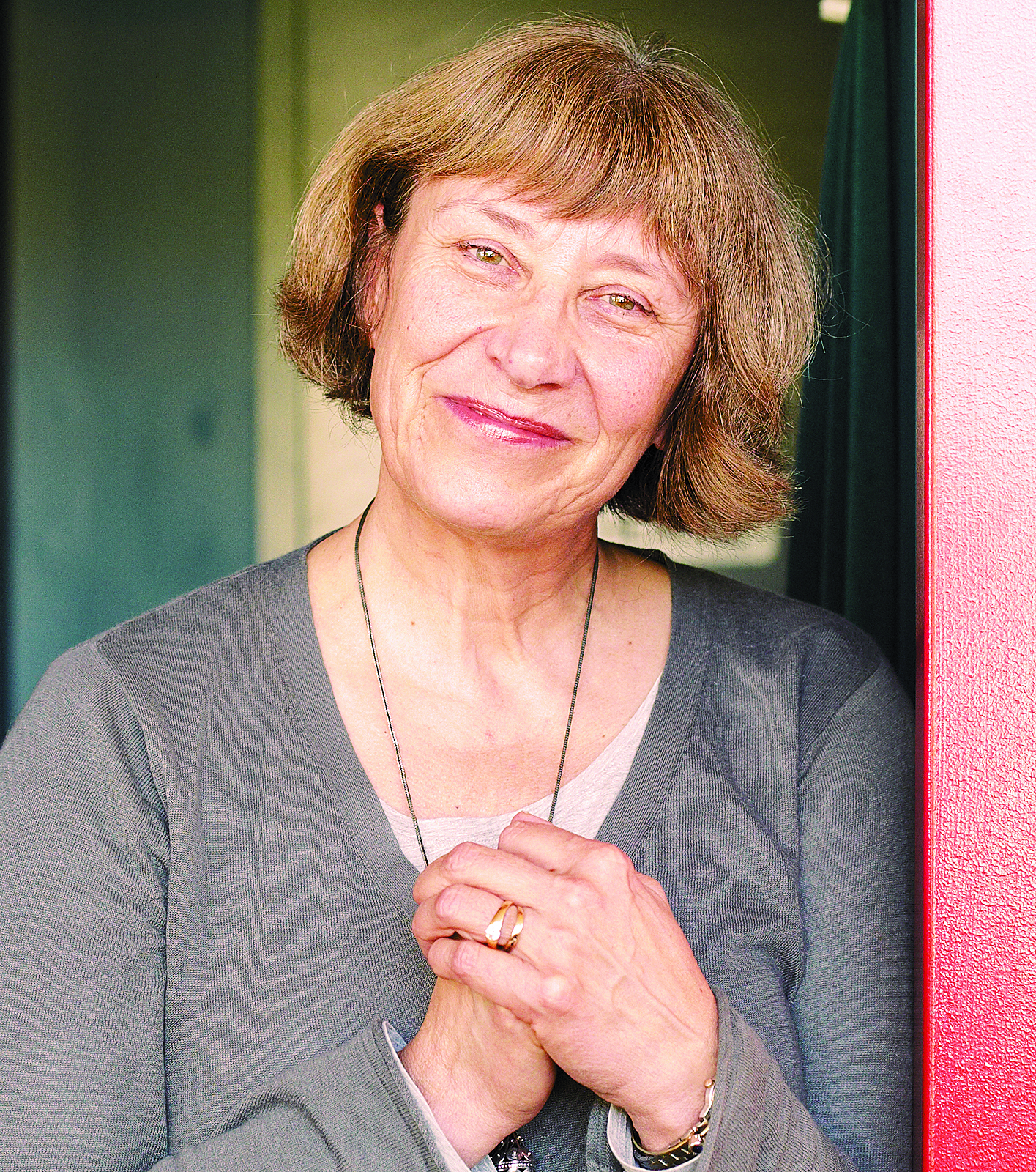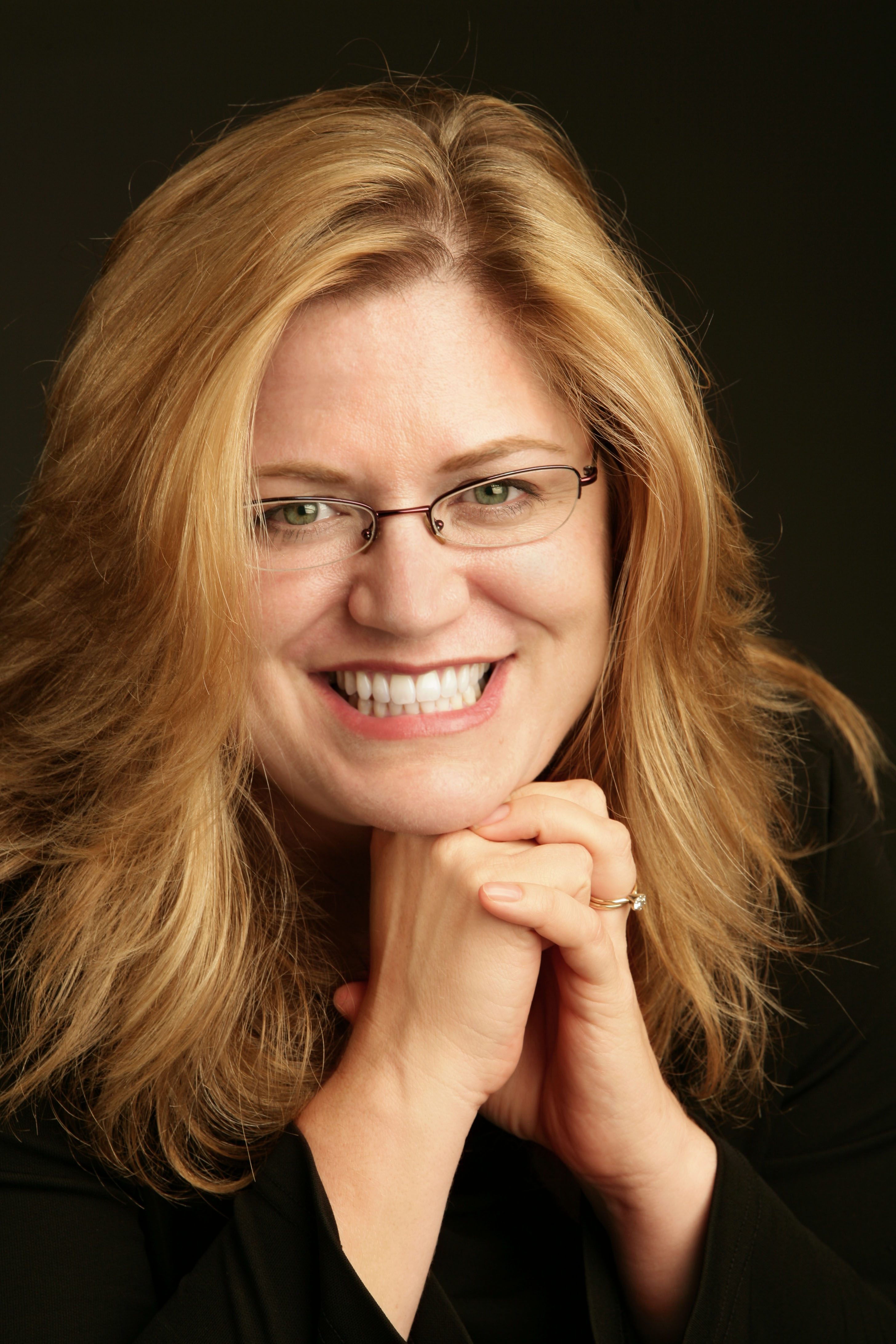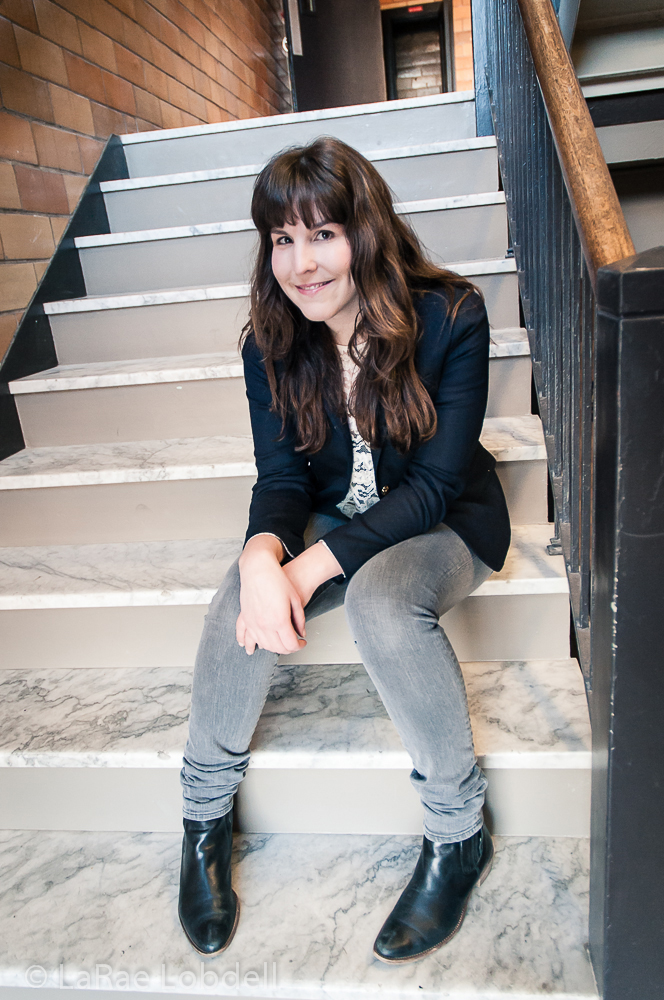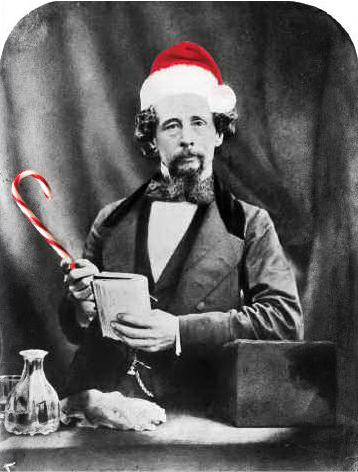IT’S AN INTERESTING coincidence that two shows playing at the same time on different Seattle stages are both concerned with an ongoing national debate. Over at ACT, Jonathan Reynolds’ play Stonewall Jackson’s House assaults the excesses of multiculturalism in American theater, where special pleading for people on the basis of cultural, gender, or ethnic differences has transformed artists (in his opinion) into a collection of whining, self-obsessed pseudovictims. And at the Intiman, a revival of Anna Deavere Smith’s 1993 play Fires in the Mirror: Crown Heights, Brooklyn and Other Identities champions some of the very theatrical trends that Reynolds scorns.
Fires in the Mirror
Intiman Theater through August 14
Specifically, there’s the technique of nontraditional casting. In Reynold’s play, the idea that men should play women or blacks whites (or any variation on this idea) is an absurdity stemming from politically correct doublethink. Late in the play, we’re treated to a “re-think” of an earlier scene in which everyone has traded roles; men wear wigs and dresses, women strut in hunting vests, and a white woman plays a black man. It’s a ridiculous burlesque that poses the question “How could any serious artist think this is theatrically valid?”
Without taking further issue with Reynold’s play (which is worthy of attendance, even if its ideas are often muddled and its comedy hit-and-miss), you won’t find a more articulate or complete refutation of this particular point than Steven Alter’s production of Fires in the Mirror. Cast with a quartet of actors representing an elegant split of race and gender, this is an examination, from various personal angles and sources, of the riots in Crown Hill, Brooklyn, in August 1991. A neighborhood dominated by two ethnic/racial groups—members of the Lubavitcher sect of Orthodox Judaism and blacks primarily from the Caribbean—exploded in riots following the accidental killing of two black children and the vengeful murder of a Jewish scholar by a gang of black men. Into the fray came a crowd of city officials, police, and political leaders who generally made matters worse.
Deavere taped interviews with participants, leaders, and victims, and pulled together a script based upon her transcripts. The playwright, an African-American woman, originally performed the piece herself, her portrayals of the 24 voices never obscuring the perception that the “moderator” was someone strictly outside the debate.
In Alter’s production, the actors take off and put on racial and gender identities with nothing more than a quick addition of a piece of costume or jewelry. At first the effect is disorienting, even vaguely comical, but soon something more interesting happens: You start to hear and understand the voice of the speaker while simultaneously confronting your own biases and preconceptions. This is due to the meticulous care of the performers, a near-flawless sort of impartial ventriloquism that copies the mannerisms of a particular race or gender without lapsing into parody. (Only near-flawless because at times the effect eludes even the care of this talented quartet.) Even more, it allows us to “deconstruct” the personality behind the mask of gender, culture, and race, so that when white male actor Dawson Nichols performs as black speaker Minister Conrad Muhammad, or black female actor Leslie Doqui gives voice to Carmel Cato, the father of the slain black boy, the blatant theatricality of the technique gives us a window into the deeper aspects of the personality.
Race, identity, and American culture are immensely complex topics, and you might expect this approach would complicate them even further. But it results in an evening of intelligent and incisive theater, a sociological Rashomon that challenges us, as well as the performers, to assume an unfamiliar identity and point of view. It’s a subtle and masterful effort, assisted greatly by the realistic—yet purposefully forced—perspective of Craig Wollam’s detailed urban set.







